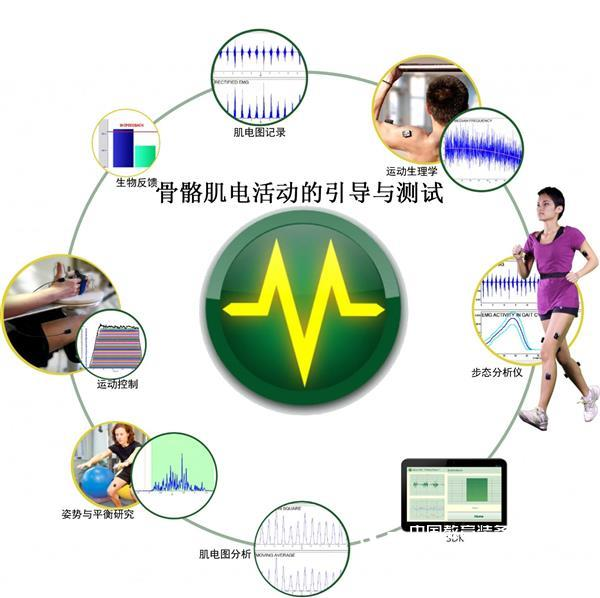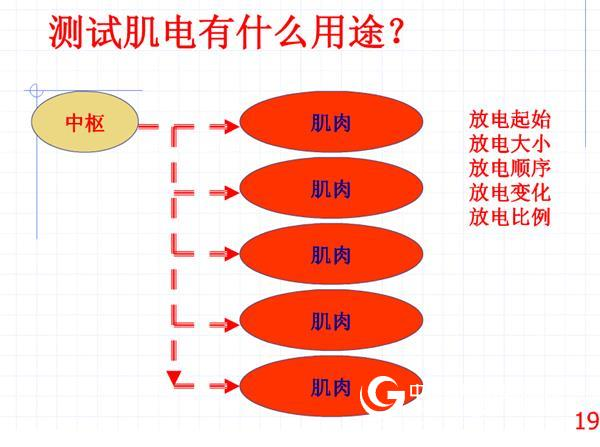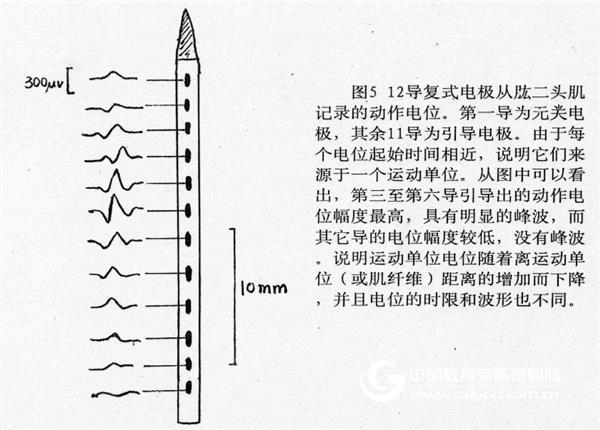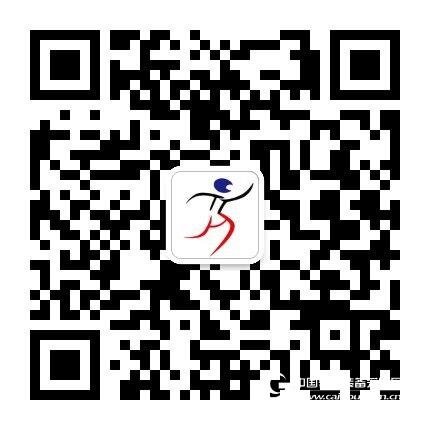The application of electromyography in sports, the United States delsys surface muscle electrical energy in the sports to accurately monitor changes in the athlete's body indicators. Give correct data analysis in sports testing and assist in the completion of important scientific research projects in sports science. This article is about the guidance and testing of skeletal muscle activity, and I hope to help you. Guide and test of skeletal muscle electrical activity EMG guidance Piper uses surface electrodes to guide the myoelectricity when skeletal muscles contract at will. Adrian and Bronk (1926) invented the concentric needle electrode and guided the motor unit potential. On this basis, Basmajian et al. developed into an induced needle electrode. Buchthal et al. further developed into a multi-conductive electrode. In addition, the electrical activity of guiding single muscle fibers with microelectrodes is also widely used. Electrodes that guide myoelectricity can be divided into two categories, one is a needle electrode and the other is a surface electrode. Needle electrode (also called insert electrode) Due to the different purposes of recording myoelectricity, the needle electrodes are further divided into many types, namely concentric needle electrodes, double-cardioid electrodes, single-needle electrodes, and multi-needle electrodes. (1) Concentric needle electrode Such electrodes are generally 0.3 to 1 mm in diameter. The diameter of the needle electrode used to record the skeletal muscle action potential is generally 0.5--0.6 mm, and the oblique area of ​​the main electrode is 0.07 mm square. If the myoelectric examination of the single muscle fiber is performed, the main electrode area of ​​the needle electrode used is required to be 0.005 - 0.001 mm 2 . (2) Double-needle electrode With this electrode, muscle electrical changes in a small range can be recorded. The potential of a single motion unit can be directed. The unit potential of the motion measured with the bipin electrode is generally smaller than that guided by the concentric electrode. When the recorded potential is less than 0.5 mm between the electrodes, the amplitude is smaller than that of the concentric electrode, and if the pitch is greater than 0.5 mm, it is larger than the concentric electrode. Due to the two guiding, it is larger than the concentric needle electrode. Since the surface areas of the two lead electrodes are equal, such an electrode can obtain a better co-film suppression ratio when measured. (3) ordinary needle electrode When recording, the electrode is inserted into the muscle for bipolar guidance, and the irrelevant electrode can be grounded with a surface electrode. It is also possible to insert two needle electrodes into the muscle at the same time for two-stage guidance. (4) Multi-lead electrode A plurality of mutually insulated wires are placed in a needle tube. The ends of each wire are equally spaced apart on the open side of the needle. Each wire serves as a guide electrode, and the needle tube serves as an auxiliary electrode. The advantages of the needle electrode are: 1, can guide the movement unit or even the individual muscle fiber potential changes; 2, can study the function of a certain muscle fiber in the deep muscle. The shortcoming is: 1. The area tested is small and cannot reflect the functional state of the whole muscle; 2, will cause a certain degree of damage, and will cause pain; 3. It is not suitable for measuring myoelectric changes during exercise. Buried electrode Electromyography can be performed by embedding a thin metal filament into the muscle The advantage of such an electrode is that the potential change of the deep muscle can be guided, and the range of guidance is wider than that of the concentric needle electrode, and the guiding range of the surface electrode is wider than that of the concentric needle electrode, and the guiding range of the surface electrode is smaller than that of the surface electrode. . A plurality of motor unit potentials can be guided by the buried electrodes. Microelectrode The microelectrode diameter for measuring myoelectricity is generally 25-30 μm. The microelectrodes are inserted into the muscle for bipolar guidance when guiding the myoelectricity. Advantages of the microelectrode: 1, because the electrode is very thin, does not cause pain when inserted into the muscle 2, easier to insert and pull out muscles Surface electrode A typical surface electrode is composed of two Ag--AgCL metal sheets. During the test, the electrodes are generally placed at the muscle abdomen or muscle movement point, and the electrodes are placed in parallel along the traveling direction of the muscle fibers, and the electrodes are separated by 2-3 cm for bipolar guidance. The advantages of surface electrodes are: Convenient and easy to carry, will not cause damage, easy to be accepted by the subject; The changes in myoelectricity measured by the surface electrode can reflect the functional state of the whole muscle; Suitable for measuring changes in myoelectricity during exercise. Therefore, the method of measuring myoelectricity with surface electrodes is widely used in sports science research. The shortcoming is: The induced myoelectricity is a comprehensive potential of many motor unit potentials, and the waveform is complex and inconvenient to analyze; the waveform is complex and inconvenient to analyze; It is not possible to reflect in detail the changes in myoelectricity of a certain part of the muscle or a certain unit of exercise; Due to the large electrical resistance of the skin, the myoelectricity recorded by the surface electrode is attenuated. For more details, please scan the QR code below. Grow With Child Chair,Baby Seat,Infant Rocking Chair,Children'S Dining Chair Zhejiang Lamon Technology Inc. , https://www.babychaires.com


